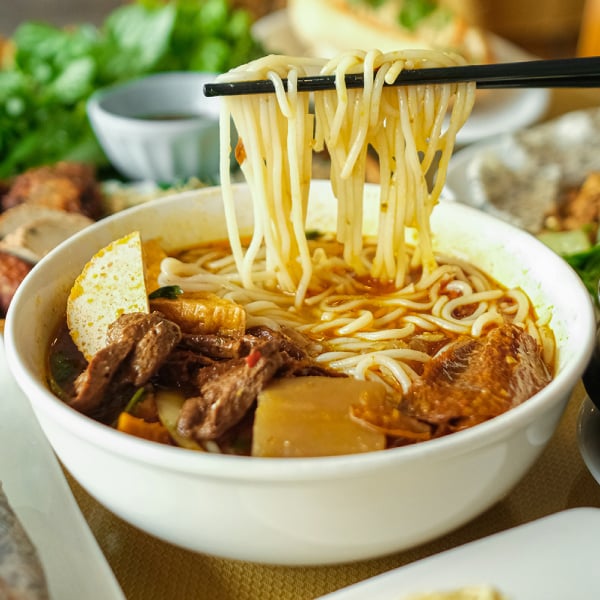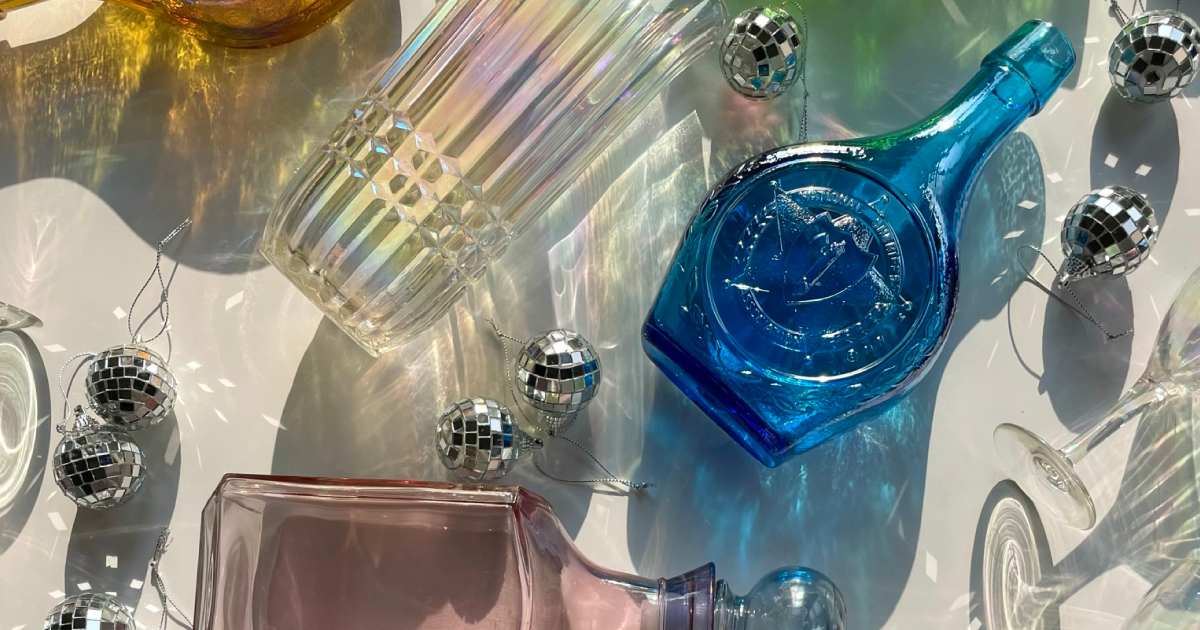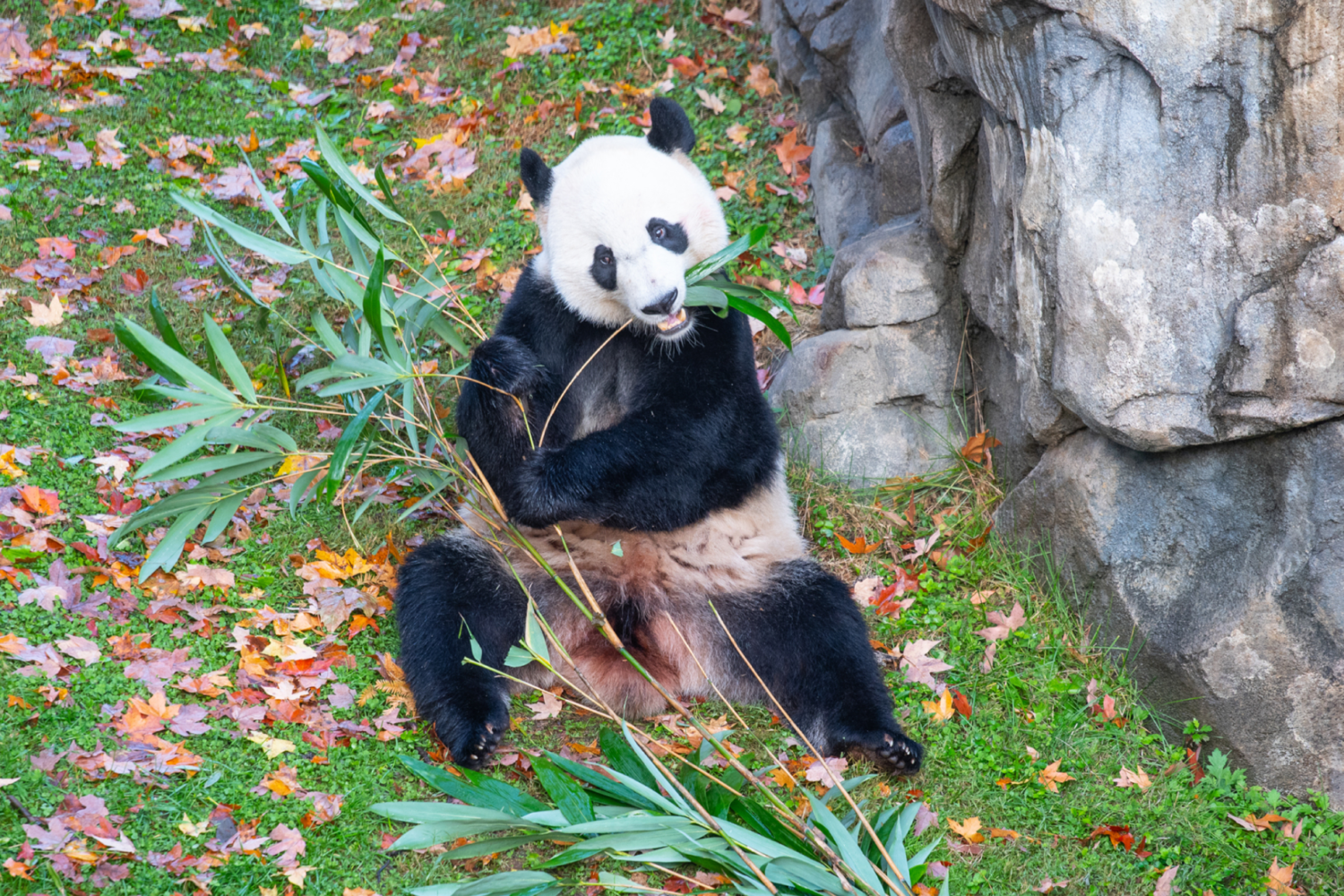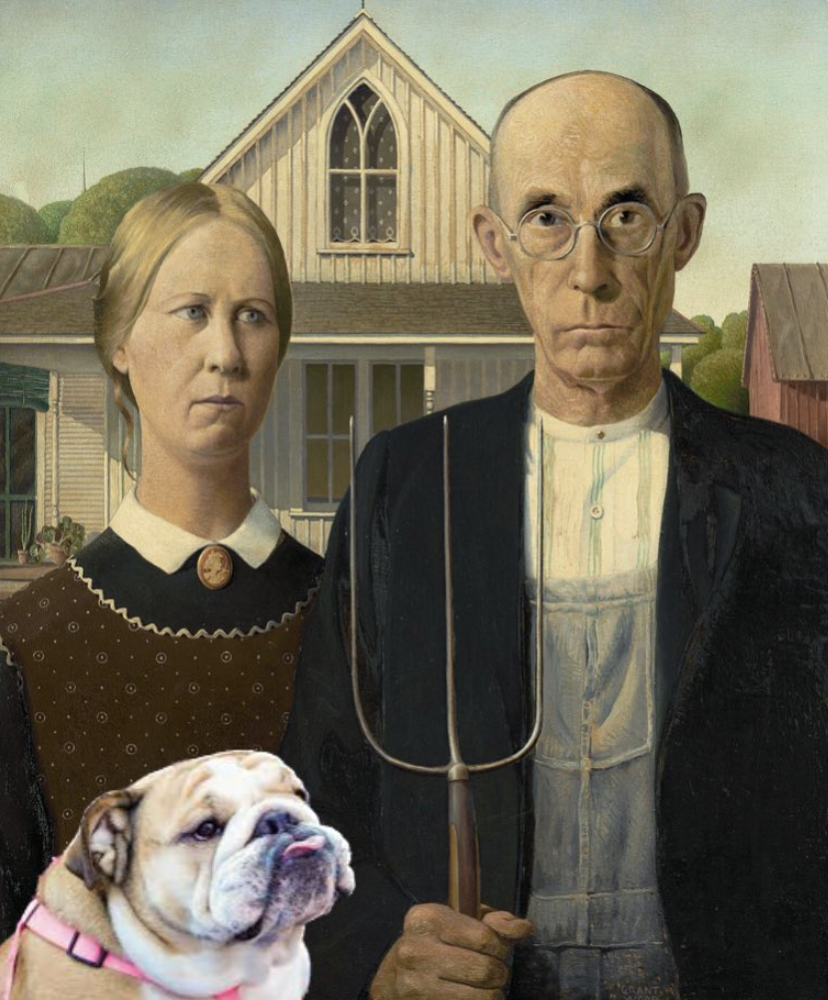A
ABV (alcohol by volume). Beers under 5 percent
ABV are considered low-alcohol or “session” beers. Brews above 8 percent
are strong, while those higher than 10 percent are considered
“extreme.”
Ale. One of the two main types of beer, along
with lager. Ales are brewed at warm temperatures with top-fermenting
yeasts. They come in a wide variety of styles—from refreshing saisons to
heavy stouts—and can be more complex than lagers.
B
Barley wine. Strong, malty ales first brewed
in England as a wine substitute in wealthy households. American barley
wines, such as Sierra Nevada Bigfoot, tend to be hoppier and higher in
alcohol than their English-style counterparts.
Barrel aging. The process of putting beer in
oak barrels to draw flavor from the wood as well as whatever was aged in
it before. Bourbon and whiskey barrels are most common, but other spirits,
wine, and maple-syrup barrels are in vogue.
Bottle-conditioned. A term for beer packaged
with live yeast that releases small amounts of carbon dioxide. It’s often
done for flavor but also extends drinkability and allows for aging, or
cellaring.
C
Cask (or firkin). A small container
traditionally made of wood. Beer becomes “real ale” or cask ale when
conditioned inside a cask with live yeast. Brewers also use casks to add
ingredients such as vanilla beans to spiff up a beer.
G
Growler. A reusable glass or ceramic
container—sizes vary, but a half gallon is standard—that keeps draft beer
fresh for about a week unopened, or for two to three days after
opening.
H
Hops. The cone-like flowers of the vine
Humulus lupulus that give beer bitterness, aromas, and flavors
including grass, grapefruit, and herbs.
I
IBU. A measurement (standing for international
bitterness unit) on a scale from 0 to 100 that indicates a beer’s
bitterness. A standard IPA is about 55 IBUs, while a less hoppy hefeweizen
is about 15.
India Pale Ale (IPA). Originally, a stronger,
hoppier version of the British pale ale that traveled well to India. US
brew-ers such as Sierra Nevada have made IPAs synonymous with citrusy West
Coast hops.
L
Lager. Beer made with bottom-fermenting yeast
and stored at cold temperatures for one to three months. Lagers tend to
have cleaner flavors more focused on malt and hops than ales do.
Czech-style Pilsner and German-style bock are prime examples, but light
lagers such as Budweiser are the best known.
M
Malt. A grain, typically barley, that has been
allowed to sprout. Malted grain provides the proteins and sugars needed by
yeast to produce alcohol during fermentation. Malt imparts sweetness and
bready, caramel, and roast flavors in beer.
S
Sour beers. Funky, often tart beers such as
Belgian lambic and German Berliner weisse. Most are brewed with
Brettanomyces yeast (“Brett”) or the bacterium
Lactobacillus, but some are made with wild yeasts captured during
open-vessel fermentation.
Stout or porter. “Stout” originally described
a stronger version of any British ale, while “porter” supposedly referred
to a blended brown beer favored by porters who delivered goods in London.
They have become interchangeable words for a diverse group of dark beers
with roasted-barley, coffee, and chocolate flavors. The most familiar is
Guinness’s Irish dry stout.
T
Tripel and dubbel. Two Belgian-abbey styles of
beer. Tripels are strong, often dry, golden ales with fruity and spicy
characteristics. Dubbels are brown beers with caramel and raisin
flavors.
W
Wheat beer. Any brew with a significant
portion of wheat, which makes beer hazy, lighter-bodied, and slightly
acidic. German hefeweizens and Belgian-style wits are the predominant
types.
Y
Yeast. Microscopic fungi that eat the sugars
in wort (unfermented beer) to produce alcohol and carbon dioxide. The
different strains of ale yeasts result in distinct spicy or fruity
characteristics in beer.


















